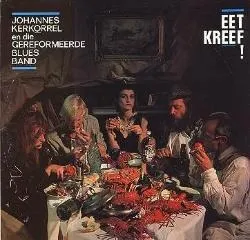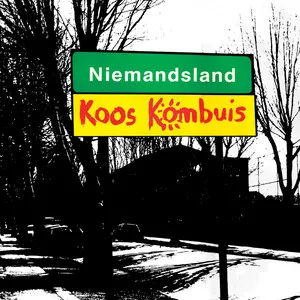
The Voëlvry movement was an Afrikaans alternative music and countercultural wave that emerged in South Africa in the late 1980s. Its artists blended punk, new wave, folk-rock and cabaret-style satire to challenge apartheid-era censorship, Afrikaner nationalism and the conservative church–state alliance.
Sung primarily in Afrikaans, the music reclaimed the language for dissent, pairing guitar-driven rock and synth textures with sharply critical, often ironic lyrics. Beyond sound, Voëlvry was a youth rebellion and a cultural project: campus tours, DIY releases and underground shows formed a parallel media ecosystem that gave voice to a generation in search of a new identity.
Afrikaans popular music began to open up through figures like Anton Goosen and David Kramer, who showed that Afrikaans could host contemporary songwriting with social bite. In the underground, James Phillips adopted the Afrikaans alter ego Bernoldus Niemand, signaling that a politicized, artful Afrikaans rock was possible.
The movement coalesced around Johannes Kerkorrel (Ralph Rabie) and his Gereformeerde Blues Band, Koos Kombuis (André Letoit) and Bernoldus Niemand. Their records and the infamous nationwide campus "Voëlvry" tour in 1989 became focal points for Afrikaans youth dissent. Gigs were met with controversy, bans and police scrutiny, but drew large university crowds hungry for change. SABC airplay was scarce due to censorship, so word-of-mouth, student radio and live circuits carried the music.
Musically, artists combined punk’s urgency, new wave keyboards, folk-rock storytelling and cabaret-style satire. Lyrically they confronted conscription, censorship, racism, hypocrisy and the ossified pieties of the Dutch Reformed establishment, often using irony and wordplay to bypass gatekeepers.
After apartheid, the movement’s principals dispersed or evolved artistically, but Voëlvry left a durable imprint: it normalized Afrikaans as a language of critique and seeded an alternative Afrikaans rock ecosystem. Later Afrikaans alternative and rock acts drew on its do-it-yourself ethos, candor and willingness to interrogate identity, even as styles diversified beyond the original punk/new wave palette.





